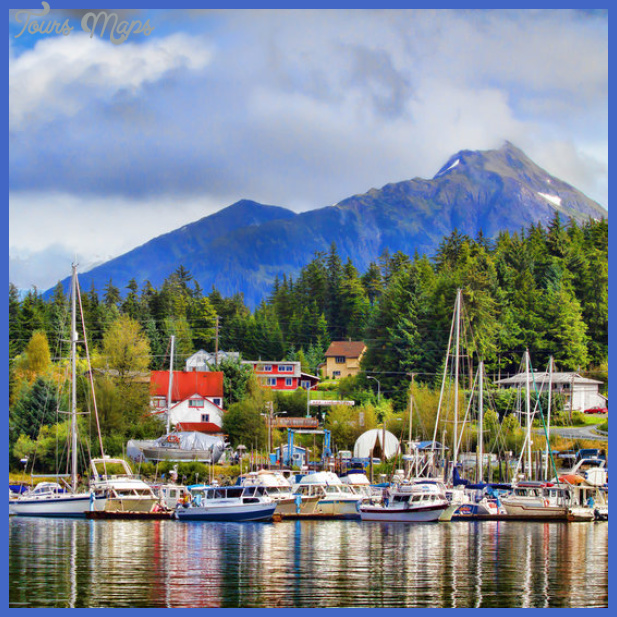Pitcher Plants
The second denizen of the spruce bog is the purple pitcher plant. As its name implies, this wildflower has specially adapted leaves shaped like pitchers that catch and hold rainwater. The water is part of an elaborate trap designed to snare insects and other prey which the plant needs for nutrients.
One overwhelming characteristic of bogs is that they are very acidic, sometimes as acidic as the vinegar in a pickle jar. Because of the preservative nature of bogs, dead organisms decay very slowly. The remains of animals and people dating back 2,000 years or more have been recovered from peat bogs in Europe. Due to the slow decay of organic matter, very little free nutrients are available for living plants. Some, like the pitcher plant, have devised ways of getting nitrogen and other nutrients in the animallike fashion of carnivores.
The pitcher plant exudes a sugary excretion which attracts prey species including ants, flies, snails, and slugs. Part way into the pitcher, the inner surface of the leaves is smooth. Below that are stiff downward-pointing hairs. Once in the pitcher, prey, unable to struggle past the stiff bristles, fall into the water and drown. But, there are a variety of organisms that have found a way to make a home in the lion’s mouth so to speak. They include bacteria and protozoa, rotifers, mites, and the larvae of three flies. One of them is the pitcher plant mosquito (‘Wyeomyia smithii). Rather than becoming the pitcher plant’s prey, the adult female is able to fly into the trap, deposit her eggs, and leave by the way she came in through the long narrow tube.
Stephen B. Heard, writing in the journal Ecology, describes the association between the pitcher plant mosquito and the pitcher plant. They have a relationship that is mutually beneficial, although neither is in a position of having to rely on the other. The plant releases oxygen into the water for the animals that live in it, while the tiny creatures give off carbon dioxide and create nitrogen-rich ammonia which the plant just loves since the soil has so little to offer.
After the female has laid her eggs in newly opened leaves, the eggs hatch and the larvae feed on the bodies of trapped prey. Eventually, the shortening day length signals the larvae to empty their guts in preparation for spending the winter frozen in the pitcher plant’s water. The next spring the larvae resume feeding, soon pupate and new adults emerge to start another round in the daring life of the pitcher plant mosquito.
Before you think bad thoughts about these mosquitoes despite the risks they take to reproduce, consider the fact that the female does not need a blood meal to provide energy for the development of her eggs. Her ovary development is mostly completed while she was in the pupal stage and feeding as an adult does not affect the number of her offspring. So don’t worry about doing the pitcher plant a disservice by slapping that biting mosquito. It won’t be a Wyeomyia smithii.
There were no other major prosecutions of criminal libel brought during the remainder of the colonial period, with the notable exception of the William McDougall trial in 17701771, which ended with the death of the Crown’s principal witness. Best US travel destinations in November Colonial legislatures, however, continued the practice of licensing colonial presses and punishing publishers for violating their contracts; thus, they applied both prior restraint and subsequent punishments to individual publishers for publishing information that reflected badly on legislators. Not until the establishment of speech and press freedom clauses in the first state constitutions and, subsequently, the establishment of the First Amendment guarantee of a free press in the Bill of Rights in 1791, did the concept of freedom of the press become widely recognized in the United States. Moreover, there is ample evidence that those state and national protections were aimed at prior restraint only and not at subsequent prosecutions.
Best US travel destinations in November Photo Gallery
Maybe You Like Them Too
- Top 10 Islands You Can Buy
- Top 10 Underrated Asian Cities 2023
- Top 10 Reasons Upsizing Will Be a Huge Travel Trend
- Top 10 Scuba Diving Destinations
- The Best Cities To Visit in The World










